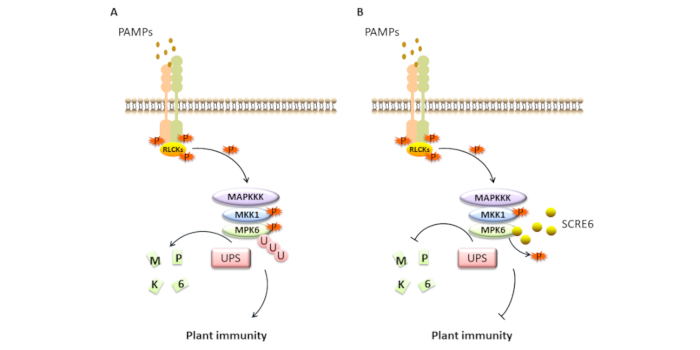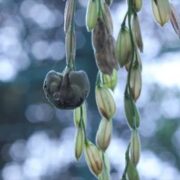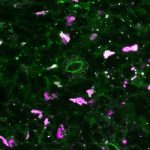The effector SCRE6 in U. virens functions as a MAP kinase phosphatase to suppress rice immunity
Zheng et al. reveal a novel fungal infection strategy.
Xinhang Zheng (China Agricultural University), Fu Huang (Sichuan Agricultural University), and Wenxian Sun (China Agricultural University)
Background: Rice commercial production is severely threatened by several important diseases including rice false smut. Once considered a minor disease, rice false smut caused by Ustilaginoidea virens has emerged as one of the most devastating rice diseases worldwide. U. virens is a unique flower-infecting fungal pathogen. The disease not only causes a significant yield loss (up to 40%), but also produces various types of mycotoxins that contaminate rice grains and deteriorate grain quality. U. virens secretes numerous effector proteins into host cells to promote infection. However, the molecular mechanisms by which these effectors contribute to U. virens pathogenicity are poorly understood, which hampers the development of effective management strategies for the disease.
Question: The rice fungal pathogen U. virens generates a large effector repertory that is essential for its virulence and pathogenicity. In this study, we attempted to elucidate the biochemical functions of small cysteine-rich effector 6 (SCRE6), which is secreted by U. virens, and to determine how the effector suppresses rice immunity to promote infection.
 Findings: The most important finding of our study is that small cysteine-rich effector 6 (SCRE6) and its homologs in U. virens constitute a family of protein tyrosine phosphatases with no canonical phosphatase motif. SCRE6 represents the first identified effector phosphatase in phytopathogenic fungi. SCRE6, which is secreted and translocated into rice cells during U. virens infection, interacts with and dephosphorylates the negative immune regulator MITOGEN-ACTIVATED PROTEIN KINASE 6 (OsMPK6) in rice. OsMPK6 dephosphorylation enhances its stability, thus inhibiting rice immunity.
Findings: The most important finding of our study is that small cysteine-rich effector 6 (SCRE6) and its homologs in U. virens constitute a family of protein tyrosine phosphatases with no canonical phosphatase motif. SCRE6 represents the first identified effector phosphatase in phytopathogenic fungi. SCRE6, which is secreted and translocated into rice cells during U. virens infection, interacts with and dephosphorylates the negative immune regulator MITOGEN-ACTIVATED PROTEIN KINASE 6 (OsMPK6) in rice. OsMPK6 dephosphorylation enhances its stability, thus inhibiting rice immunity.
Next steps: The most important next step is to investigate how OsMPK6 is degraded in vivo and how OsMPK6 phosphorylation promotes its degradation. The future challenge is to elucidate the molecular mechanisms by which OsMPK6 negatively regulates plant immunity in rice.
Xinhang Zheng, Anfei Fang, Shanshan Qiu, Guosheng Zhao, Jiyang Wang, Shanzhi Wang, Junjun Wei, Han Gao, Jiyun Yang, Baohui Mou, Fuhao Cui, Jie Zhang, Jun Liu, Wenxian Sun. (2022). Ustilaginoidea virens secretes a family of phosphatases that stabilize the negative immune regulator OsMPK6 and suppress plant immunity. https://doi.org/10.1093/plcell/koac154




